A spectacular country house in the Surrey Hills, possibly designed by the greatest British architect of the 20th century
Sir Edwin Lutyens had a hand in shaping many of the buildings of Surrey but actually conceived fewer than are attributed to him. Now, in the 150th anniversary of his birth, a house in Surrey could be one of the few left unclaimed...
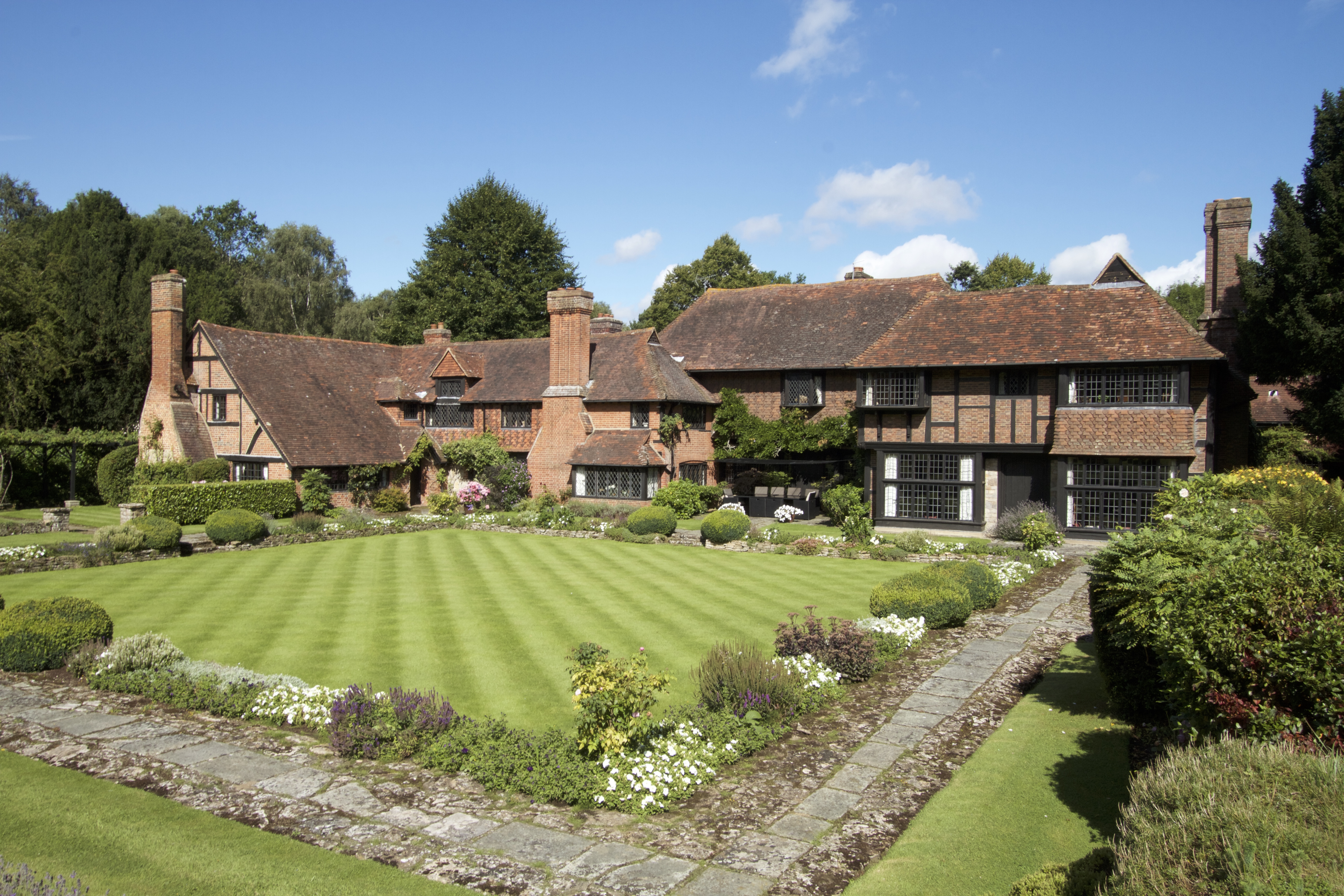

Described by the late architectural historian Gavin Stamp as ‘surely the greatest British architect of the 20th (or of any other) century’, Sir Edwin Lutyens spent his boyhood in the village of Thursley, Surrey, where he later developed his distinctive architectural style, based on the traditional forms of local Surrey buildings.
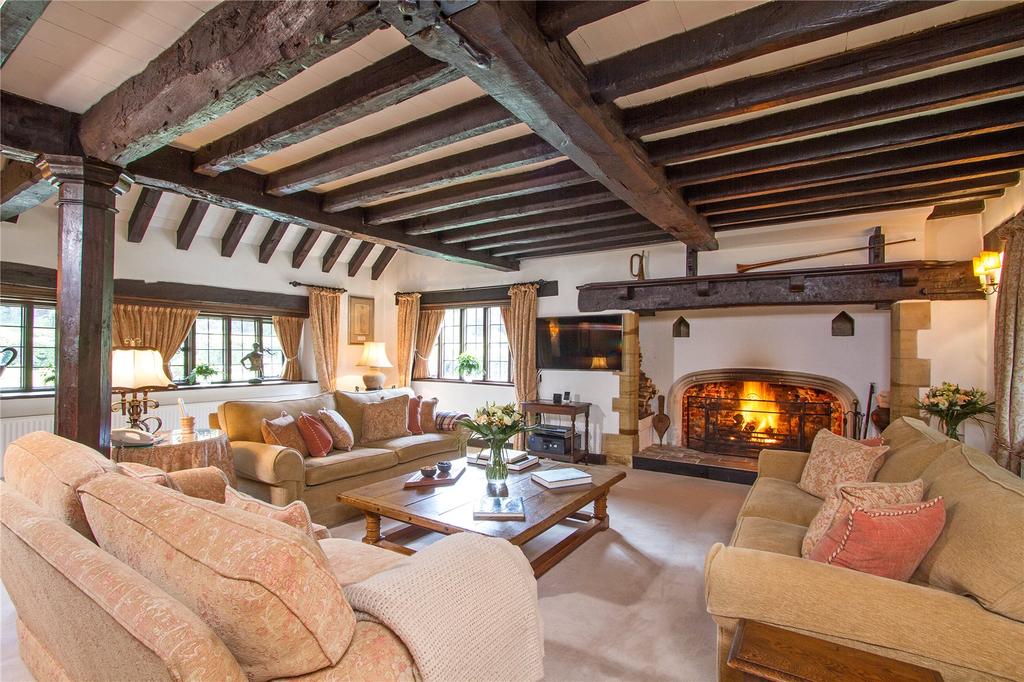
Strongly promoted in Country Life by the magazine’s founder, Edward Hudson, Lutyens soon established himself as the ‘go-to’ country-house architect of the day; houses designed by him inevitably commanded premium prices, to the extent that an article (January 5, 1978) suggests that ‘many more houses are attributed to Sir Edwin Lutyens than he ever had a hand in designing’.
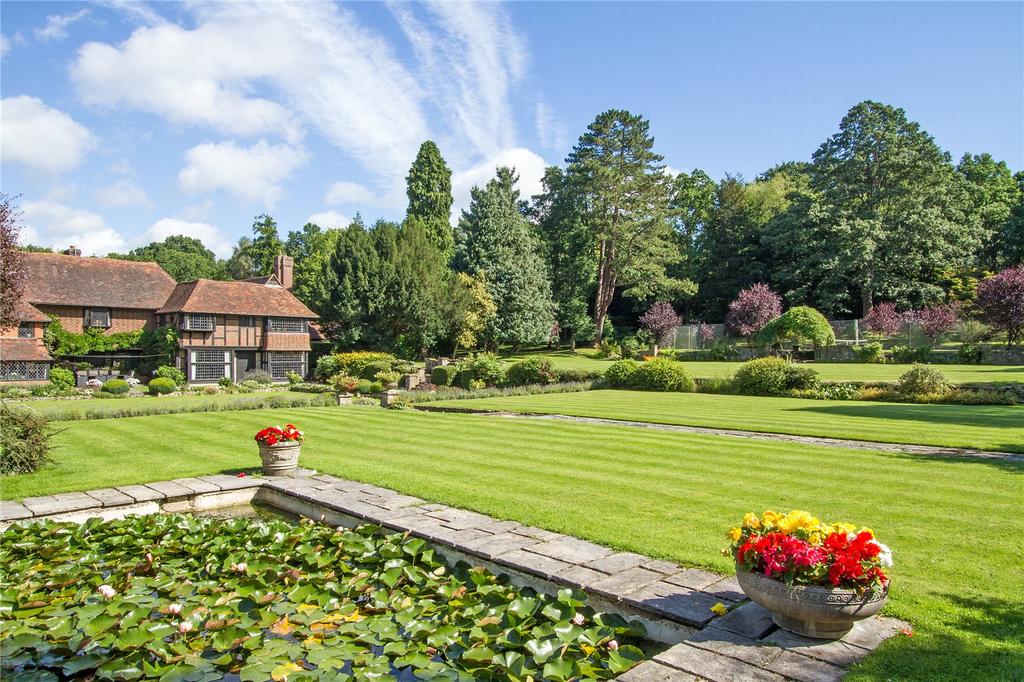
In this 150th anniversary year of Lutyens’s birth (Country Life, March 20), it’s particularly intriguing to find a house cautiously described as being ‘an impressive and charming Lutyens-style country house surrounded by magnificent Jekyll-style grounds’.
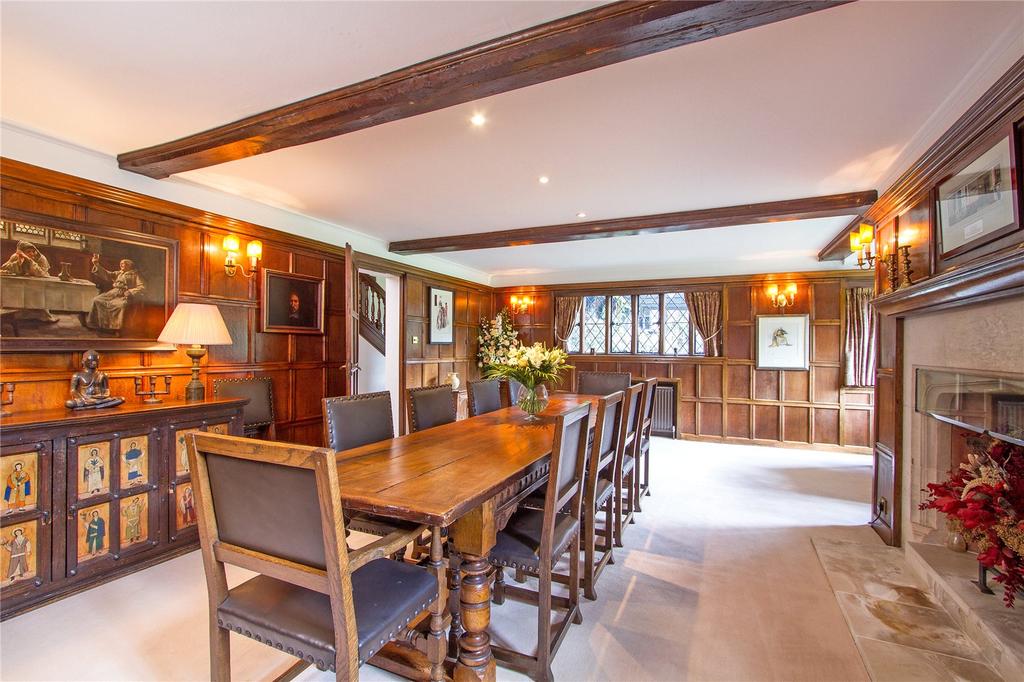
The design of Gooserye at Worplesdon, 41⁄2 miles north-west of Guildford, is so typical of Lutyens that it’s hard to believe that it’s not an original, although that could conceivably be the case, given that the house is unlisted and seemingly little documented.
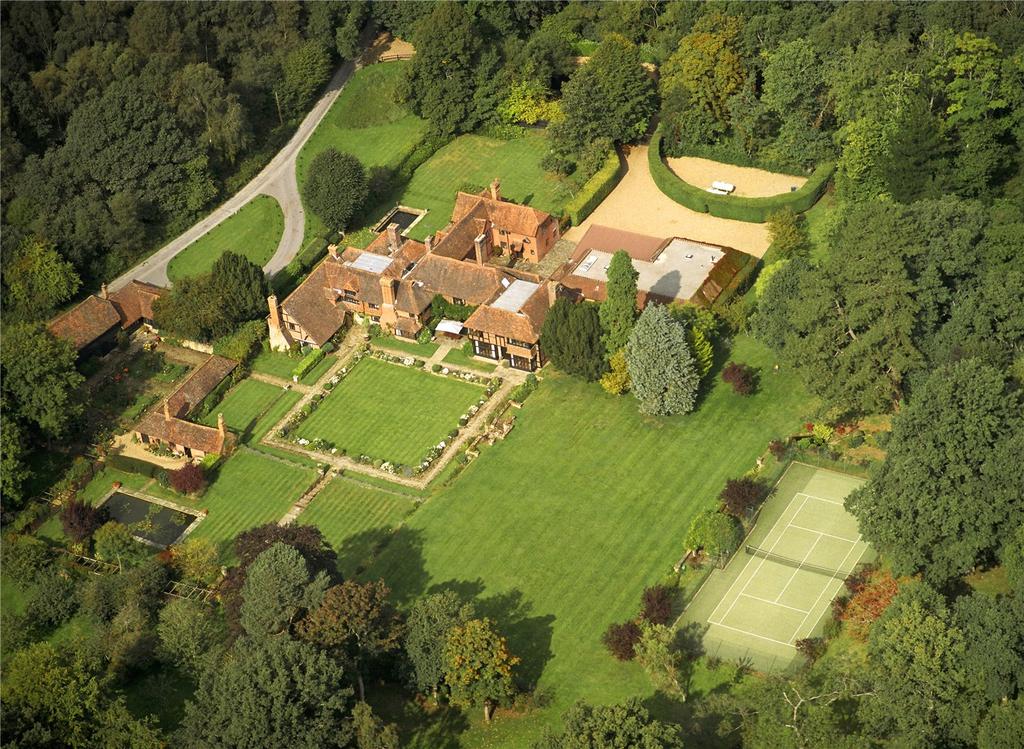
Set in 16 acres of Jekyll-esque gardens that lead onto parkland, bluebell woods and a paddock, Gooserye (pronounced ‘goose rye’) is said to date from the 1600s, ‘with the majority of the main house built c.1908 in the style of Sir Edwin Lutyens’. Its many original period features include oak beams, oak panelling and working fireplaces, the whole maintained in immaculate order throughout.
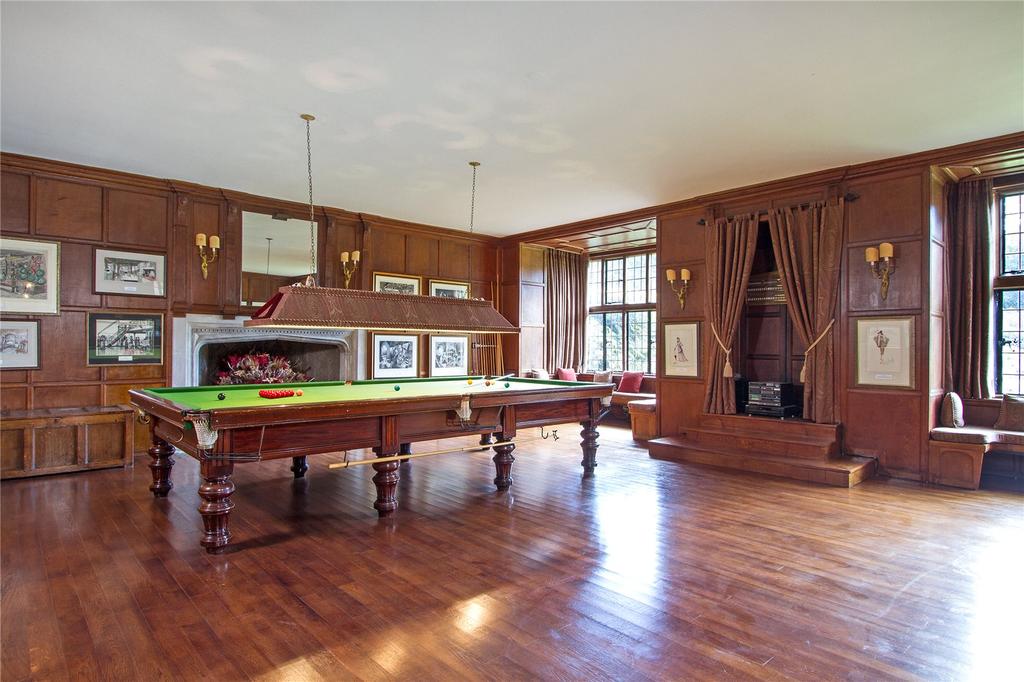
For sale through Savills at a guide price of £5.45 million, the main house provides 13,558sq ft of accommodation, including entrance and inner halls, five reception rooms, a gym and a 55ft indoor swimming pool.

The three main reception rooms have lovely views over the formal gardens to the south. The dining room, study and games room have fine wood panelling and large windows. The ground-floor rooms, which flow beautifully, include a formal drawing room, a charming kitchen and a utility/boot room.
Sign up for the Country Life Newsletter
Exquisite houses, the beauty of Nature, and how to get the most from your life, straight to your inbox.

The first floor houses a minstrel’s gallery and a vaulted picture gallery, both classic features of Lutyens houses. The master- bedroom suite is located beyond the picture gallery and has high ceilings, with splendid views over the gardens; there are six more bedrooms and four bathrooms on this floor.
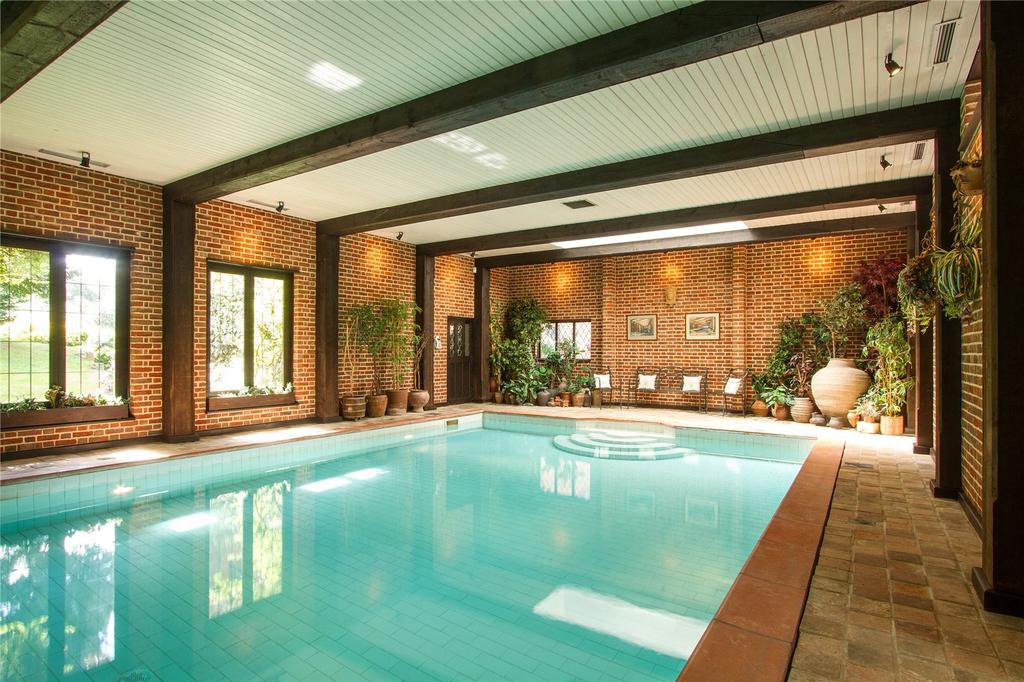
The main house, Gooserye, is complemented by an adjoining property called Pond House, which has been converted into two flats, each of which is self-contained with its own entrance.
The first-floor flat has three bedrooms, a sitting/dining room, a bathroom and a kitchen; the ground-floor flat has a bedroom, a reception room, a kitchen and a bathroom. These flats can either be kept separate or linked to the main house by existing access doors.
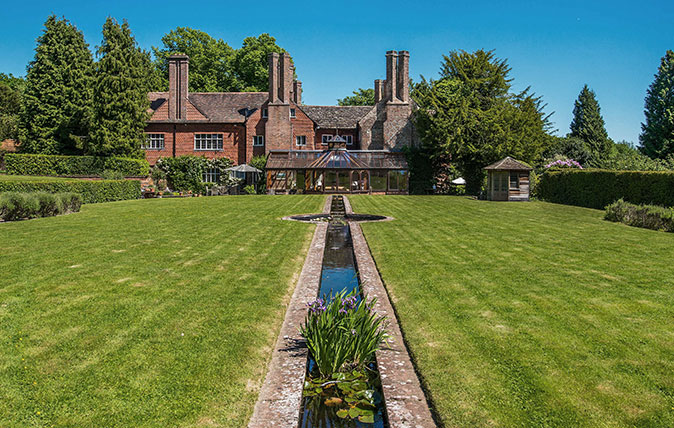
The Tudor mansion in Sussex where Lutyens and Jekyll pooled their talents
Legh Manor: The Tudor mansion in Sussex where Lutyens and Jekyll worked together
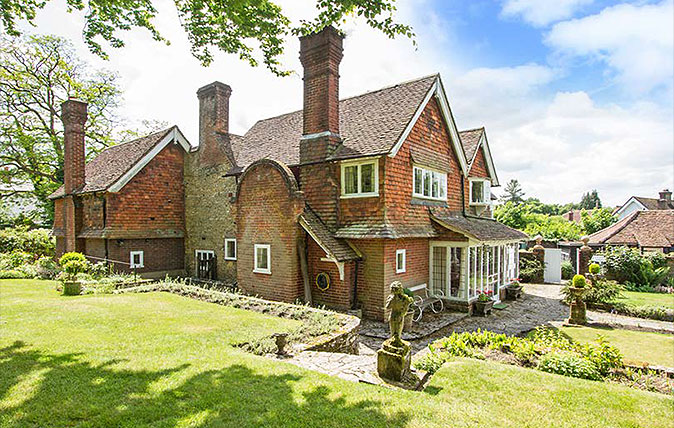
The house where they took a risk on a young architect named Edwin Lutyens
Sir Edwin Lutyens was without doubt one of Britain's finest-ever architects – but it was thanks to the people over the
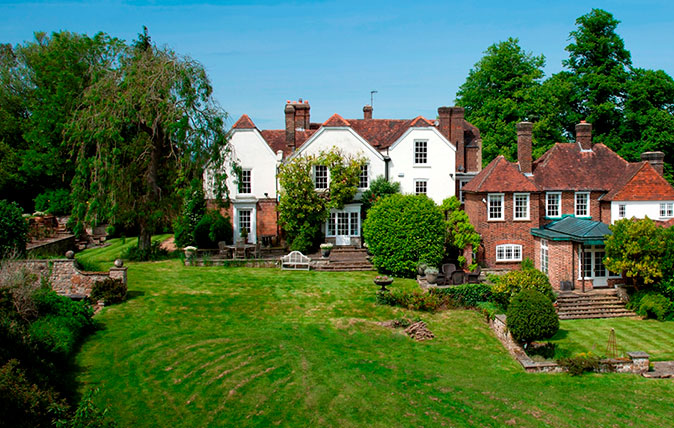
An Elizabethan masterpiece in Kent, touched by the genius of Lutyens
The Grange is an early 18th century house which was remodelled by the master himself: Sir Edwin Lutyens.
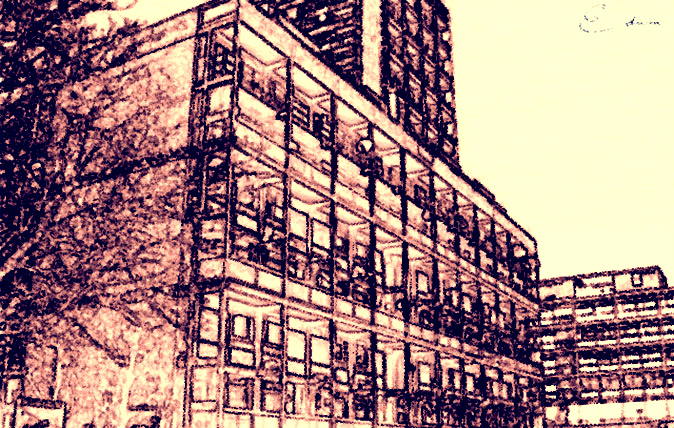
The Edwin Lutyens-designed tower block that never saw the light of day
Eighty-year-old architectural plans created by the great Sir Edwin Lutyens have reportedly been unearthed in the Lady Flora Pois archives.
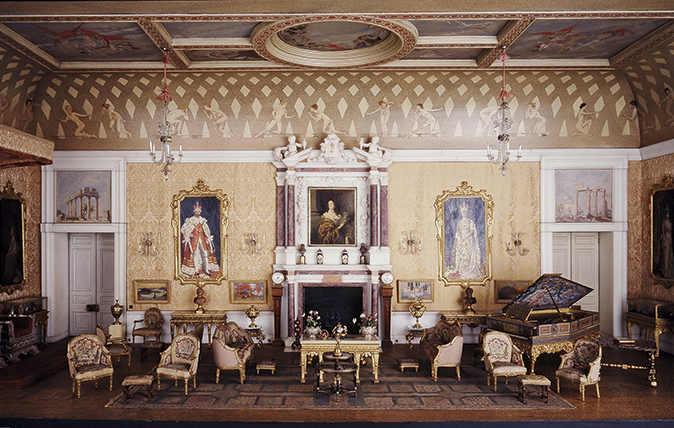
A doll's house fit for a queen: How Lutyens created a Lilliput for Queen Mary
A miniature palace designed by Lutyens and promoted by Country Life offers a fascinating perspective on the 1920s, as Gavin
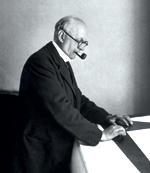
Great British Architects: Sir Edwin Landseer Lutyens
Our new series begins with a look at one of the most celebrated architects of the 20th century, Sir Edwin
-
 Designer's Room: A solid oak French kitchen that's been cleverly engineered to last
Designer's Room: A solid oak French kitchen that's been cleverly engineered to lastKitchen and joinery specialist Artichoke had several clever tricks to deal with the fact that natural wood expands and contracts.
By Amelia Thorpe Published
-
 Chocolate eggs, bunnies and the Resurrection: Country Life Quiz of the Day, April 18, 2025
Chocolate eggs, bunnies and the Resurrection: Country Life Quiz of the Day, April 18, 2025Friday's quiz is an Easter special.
By James Fisher Published
-
 Hidden excellence in a £7.5 million north London home
Hidden excellence in a £7.5 million north London homeBehind the traditional façades of Provost Road, you will find something very special.
By James Fisher Published
-
 Sip tea and laugh at your neighbours in this seaside Norfolk home with a watchtower
Sip tea and laugh at your neighbours in this seaside Norfolk home with a watchtowerOn Cliff Hill in Gorleston, one home is taller than all the others. It could be yours.
By James Fisher Published
-
 A Grecian masterpiece that might be one of the nation's finest homes comes up for sale in Kent
A Grecian masterpiece that might be one of the nation's finest homes comes up for sale in KentGrade I-listed Holwood House sits in 40 acres of private parkland just 15 miles from central London. It is spectacular.
By Penny Churchill Published
-
 Some of the finest landscapes in the North of England with a 12-bedroom home attached
Some of the finest landscapes in the North of England with a 12-bedroom home attachedUpper House in Derbyshire shows why the Kinder landscape was worth fighting for.
By James Fisher Published
-
 Could Gruber's Antiques from Paddington 2 be your new Notting Hill home?
Could Gruber's Antiques from Paddington 2 be your new Notting Hill home?It was the home of Mr Gruber and his antiques in the film, but in the real world, Alice's Antiques could be yours.
By James Fisher Published
-
 What should 1.5 million new homes look like?
What should 1.5 million new homes look like?The King's recent visit to Nansledan with the Prime Minister gives us a clue as to Labour's plans, but what are the benefits of traditional architecture? And can they solve a housing crisis?
By Lucy Denton Published
-
 Welcome to the modern party barn, where disco balls are 'non-negotiable'
Welcome to the modern party barn, where disco balls are 'non-negotiable'A party barn is the ultimate good-time utopia, devoid of the toil of a home gym or the practicalities of a home office. Modern efforts are a world away from the draughty, hay-bales-and-a-hi-fi set-up of yesteryear.
By Madeleine Silver Published
-
 Five beautiful homes, from a barn conversion to an island treasure, as seen in Country Life
Five beautiful homes, from a barn conversion to an island treasure, as seen in Country LifeOur pick of the best homes to come to the market via Country Life in recent days include a wonderful thatched home in Devon and a charming red-brick house with gardens that run down to the water's edge.
By Toby Keel Published
